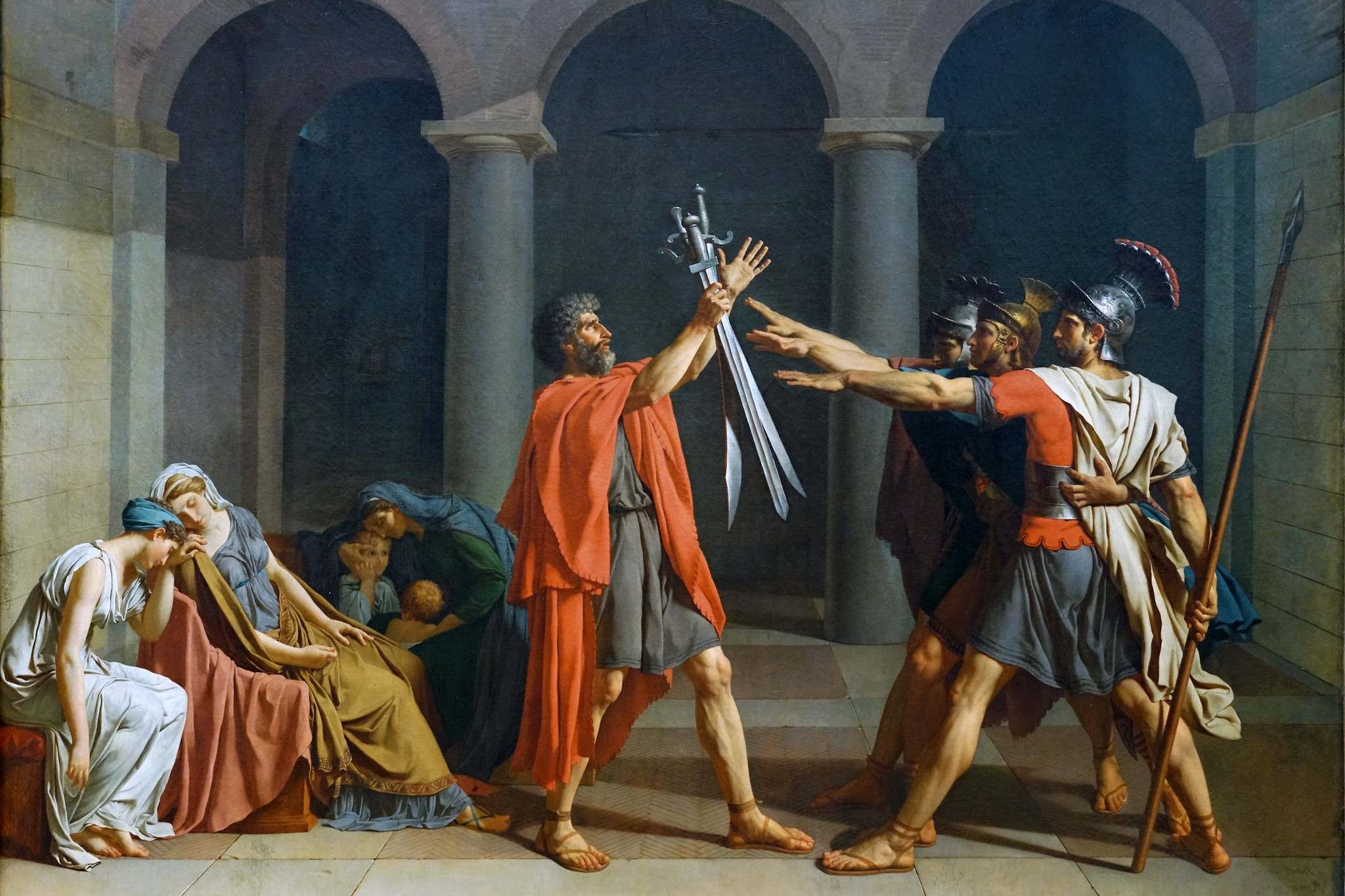
Neoclassical architecture is a style that has fascinated many for centuries. But what makes it so special? Neoclassical architecture is known for its grand columns, symmetrical shapes, and use of ancient Greek and Roman designs. This style emerged in the mid-18th century as a reaction to the elaborate Baroque and Rococo styles. It aimed to bring back the simplicity and elegance of classical antiquity. You can spot Neoclassical buildings in many cities around the world, from the United States Capitol in Washington, D.C., to the British Museum in London. Want to know more? Here are 29 intriguing facts about Neoclassical architecture that will help you appreciate its timeless beauty and historical significance.
Neoclassical Architecture: A Timeless Style
Neoclassical architecture is a style that draws inspiration from the classical architecture of ancient Greece and Rome. It emerged in the mid-18th century and has left a lasting impact on buildings worldwide. Let's explore some fascinating facts about this architectural style.
Origins and Influences
Neoclassical architecture didn't just appear out of nowhere. It has deep roots and significant influences that shaped its development.
- Neoclassical architecture emerged in the mid-18th century as a reaction to the ornate Rococo style.
- It was heavily influenced by the principles of classical Greek and Roman architecture.
- The style was part of a broader movement called the Enlightenment, which emphasized reason and science.
- Architects like Andrea Palladio and his works played a crucial role in shaping neoclassical principles.
- The Grand Tour, a trip through Europe undertaken by wealthy young men, helped spread neoclassical ideas.
Key Characteristics
Neoclassical architecture is known for its distinct features that set it apart from other styles. These characteristics make it easily recognizable.
- Symmetry and proportion are fundamental principles in neoclassical design.
- Columns and pilasters, often inspired by Greek and Roman orders, are common elements.
- The use of triangular pediments above doors and windows is a signature feature.
- Neoclassical buildings often have a flat or low-pitched roof.
- Decorative elements are minimal, focusing on clean lines and simplicity.
Famous Neoclassical Buildings
Many iconic buildings around the world showcase neoclassical architecture. These structures stand as testaments to the style's enduring appeal.
- The White House in Washington, D.C., is a prime example of neoclassical architecture.
- The British Museum in London features a grand neoclassical facade.
- The Panthéon in Paris was originally built as a church but now serves as a mausoleum.
- The Brandenburg Gate in Berlin is a neoclassical triumphal arch.
- The United States Capitol building is another iconic neoclassical structure.
Neoclassical Architecture in America
Neoclassical architecture found a welcoming home in the United States, where it became synonymous with government buildings and monuments.
- Thomas Jefferson, the third U.S. president, was a strong advocate for neoclassical architecture.
- Monticello, Jefferson's plantation home, is a notable example of neoclassical design.
- The Lincoln Memorial in Washington, D.C., is modeled after a Greek temple.
- Many state capitol buildings across the U.S. are designed in the neoclassical style.
- The University of Virginia, founded by Jefferson, features neoclassical architecture.
Neoclassical Revival
The neoclassical style experienced a revival in the 19th and 20th centuries, proving its timeless appeal.
- The Beaux-Arts movement in France incorporated neoclassical elements into its designs.
- The City Beautiful movement in the United States aimed to beautify cities using neoclassical principles.
- The neoclassical revival influenced the design of many public buildings and monuments.
- Architects like Sir Edwin Lutyens and John Russell Pope contributed to the neoclassical revival.
- The style remains popular in contemporary architecture, with many modern buildings incorporating neoclassical elements.
Neoclassical Architecture Around the World
Neoclassical architecture isn't limited to Europe and America. Its influence can be seen in various parts of the globe.
- The Kazan Cathedral in St. Petersburg, Russia, is a stunning example of neoclassical design.
- The National Theatre in Prague, Czech Republic, features a neoclassical facade.
- The National Gallery of Victoria in Melbourne, Australia, showcases neoclassical architecture.
- The Palacio de Minería in Mexico City, Mexico, is a beautiful neoclassical building.
The Last Note on Neoclassical Architecture
Neoclassical architecture stands out with its timeless elegance and grandeur. From the majestic columns to the symmetrical designs, this style has left an indelible mark on cities worldwide. Its influence can be seen in iconic buildings like the White House and the British Museum. Understanding these 29 facts gives a deeper appreciation for the artistry and history behind these structures. Whether you're an architecture enthusiast or just curious, knowing about neoclassical architecture enriches your perspective on the built environment. Keep an eye out for these classic elements next time you stroll through a historic district or visit a museum. They tell stories of a time when beauty and balance were paramount in design. So next time you see those grand columns and detailed facades, you'll know a bit more about the legacy they carry.
Was this page helpful?
Our commitment to delivering trustworthy and engaging content is at the heart of what we do. Each fact on our site is contributed by real users like you, bringing a wealth of diverse insights and information. To ensure the highest standards of accuracy and reliability, our dedicated editors meticulously review each submission. This process guarantees that the facts we share are not only fascinating but also credible. Trust in our commitment to quality and authenticity as you explore and learn with us.
